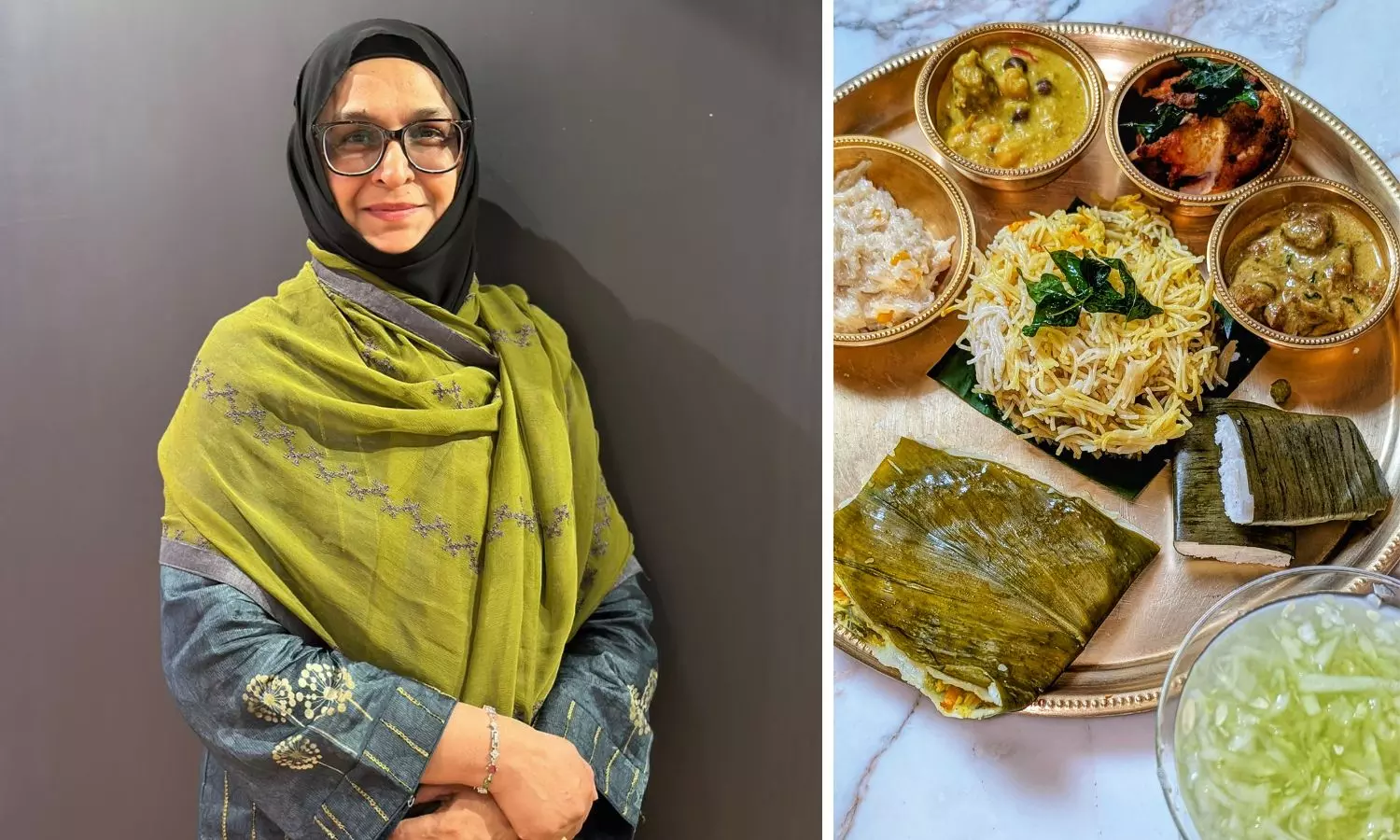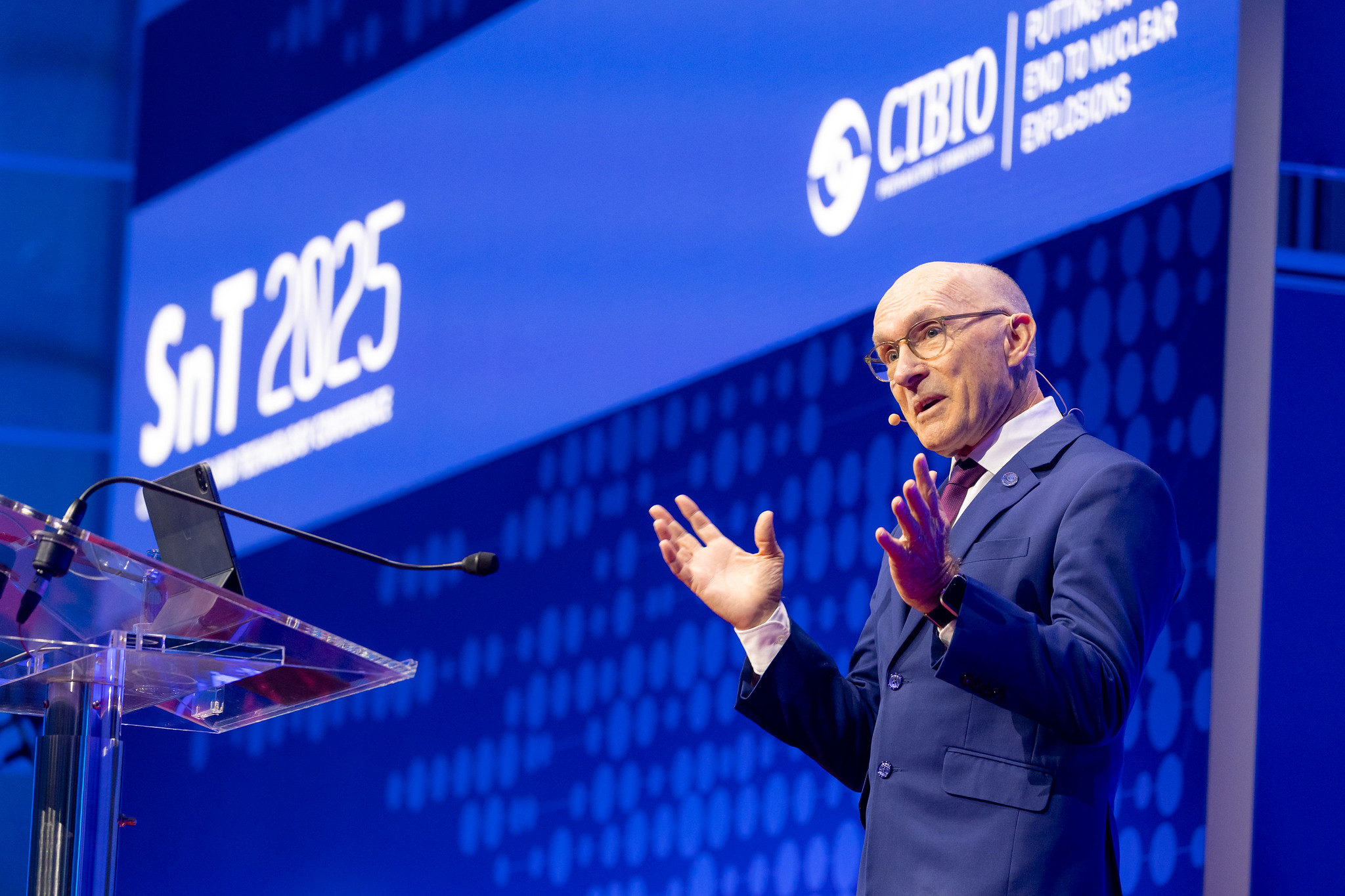By Reshmi AR
Copyright deccanchronicle

At Sheraton hotel Hyderabad, diners discovered a cuisine rarely found outside its coastal home. Chef Fatima Riyaz, a passionate home chef, brought Bhatkali food to the city through a unique pop-up—an intimate exploration of flavours, history, and heritage that trace their roots to Bhatkal, a small town on Karnataka’s coast.“Bhatkal is where our cuisine belongs,” she says. “We live there, and even Tipu Sultan came there. His mosque still stands. Our food, like our town, is mixed—Islamic influences, Jain touches, Indian at heart, and with the sweetness of the Mediterranean.”That blend makes Bhatkali food distinctive. Spices are ever-present, but never overwhelming. “Even if it’s very spicy, the sweetness of the onions balances it. It won’t hit your tongue the way you expect,” she explains with a smile. Coconut and rice dominate the plate, with “five out of six dishes” featuring rice in some form, and coconut lending depth, sweetness, and richness.Her culinary practice is deeply personal. Fatima doesn’t run a restaurant; she is a home chef. “I only cook this cuisine,” she says. “I do pop-ups, no restaurant.” Her family once lived in Bhatkal, but moved to Mangalore and later to Bangalore for education. “We still go back for festivals and weddings. Each of us has a home there. It’s where our grandparents mingled, and our roots remain.”The language of the community, Nawayathi, is itself a mixture—drawing from Marathi and Konkani, reflecting centuries of cultural exchange along the coast. The food tells a similar story. While it reminds people of Kerala or Goa, Fatima insists the taste is different. “The method may be similar, because we are all coastal, but our flavours are our own.”Signature to Bhatkali kitchens is Loli, a spice paste made of red chillies ground with other spices, slow-cooked in coconut oil. “It’s like Kashmiri chillies, but different. We store it and use it whenever we want,” she explains. Roasted spice powders, often mixed with a touch of cashew, bring layers of aroma and depth.Among her dishes at the Sheraton pop-up were Mudkale, rice balls cooked with prawns in coconut oil. “The flavour of the prawns itself goes into the curry,” she says. “It’s hard work, but special.” While Bhatkali food leans heavily on seafood and non-vegetarian preparations, Fatima has created vegetarian versions for Hyderabad’s mixed palate. “I try my best to do veg. In a group, 30% may be vegetarian, so it’s important to include them.”Her menus also celebrate seasonal delights. She recalls Chibbad, a soft local melon cut into pieces and mixed with coconut milk. “It’s very refreshing, slightly sweet, with a dash of lime. You eat it with a spoon,” she says.For Fatima, stepping out of her home kitchen was not an obvious path. “It was after the pandemic,” she reflects. “Everyone was cooking—Parsis making Patra ni Macchi, others reviving old recipes. I thought, why not bring our food out too?” Since then, she has taken Bhatkali cuisine across cities through curated pop-ups, sharing stories of her heritage.At Sheraton Hyderabad hotel, her cooking is more than just a meal. It’s a rare window into a culture, a language, and a coastal town with a layered past. “It is mostly Indian,” she says simply. “But with a sweetness that is ours.”



